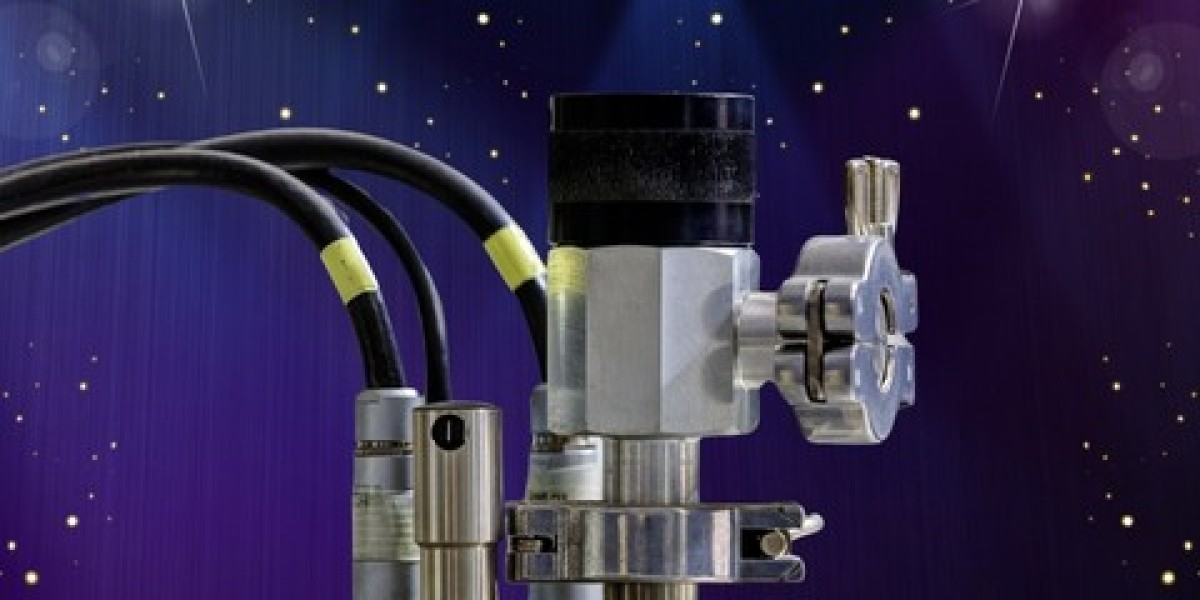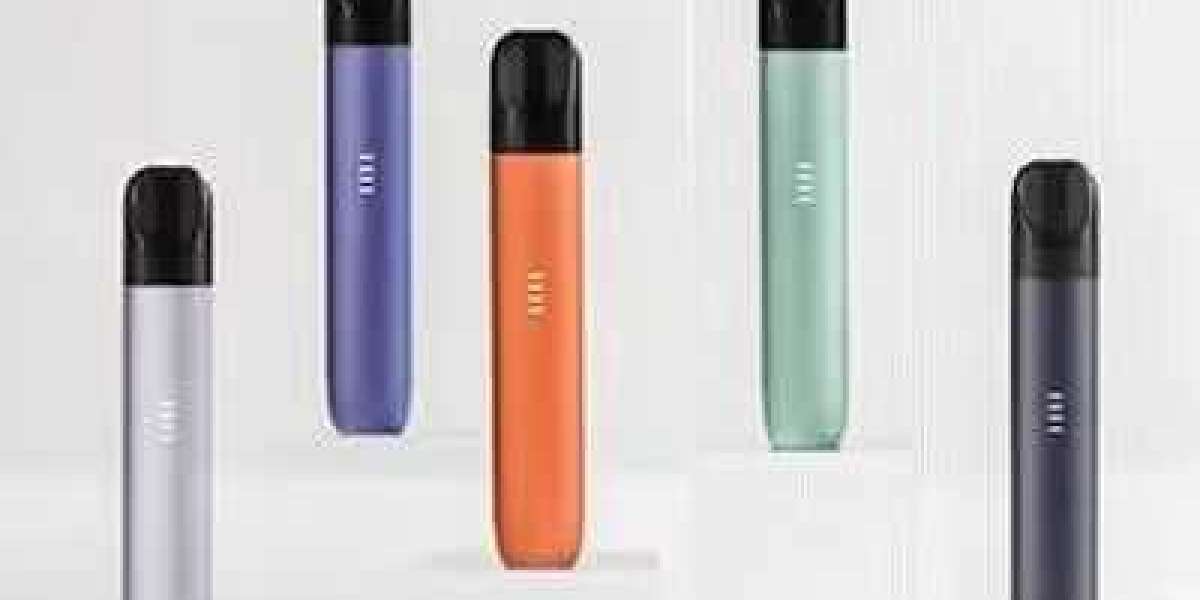Automotive casting is a critical process in the manufacturing of vehicles, encompassing the creation of components such as engine blocks, cylinder heads, transmission cases, and more. Casting techniques play a pivotal role in determining the quality, strength, and precision of automotive parts. In this guide, we'll delve into the intricacies of automotive casting, exploring various methods, materials, and considerations to achieve optimal results.
Understanding Automotive Casting:
- Definition: Automotive casting involves the pouring of molten metal into a mold to create complex shapes and structures.
- Importance: Casting allows for the mass production of intricate automotive components with high accuracy and consistency.
- Types of Castings: Different casting processes include sand casting, investment casting, die casting, and permanent mold casting, each offering unique advantages and limitations.
Materials Used in Automotive Casting:
- Metals: Common casting materials include aluminum, iron, steel, and magnesium, chosen based on factors like strength, weight, and cost.
- Alloys: Alloy compositions are tailored to meet specific performance requirements, such as corrosion resistance, heat resistance, and durability.
- Considerations: Material selection is crucial for achieving the desired mechanical properties and ensuring compatibility with the casting process.
Automotive Casting Processes: a. Sand Casting:
- Description: Involves creating a mold from sand mixed with a binder, then pouring molten metal into the mold cavity.
- Advantages: Cost-effective, versatile, suitable for large components, and complex geometries.
- Limitations: Surface finish may be rough, dimensional accuracy may vary, and cycle times can be longer.
b. Die Casting:
- Description: Utilizes reusable metal molds (dies) to produce identical parts with high precision and surface finish.
- Advantages: High production rates, excellent dimensional accuracy, and good surface finish.
- Limitations: Initial tooling costs are high, limited to certain alloys, and not suitable for large parts.
c. Investment Casting:
- Description: Also known as lost-wax casting, involves creating a wax pattern, coating it with ceramic, then melting out the wax and pouring molten metal into the ceramic mold.
- Advantages: Excellent surface finish, intricate details, and minimal machining required.
- Limitations: Longer cycle times, higher costs, and limited to smaller parts compared to other methods.
Key Considerations in Automotive Casting:
- Design for Manufacturability: Optimize part geometry for the casting process, considering factors like draft angles, fillets, and wall thickness.
- Tooling and Equipment: Invest in high-quality molds, dies, and casting equipment to ensure repeatability and consistency.
- Quality Control: Implement rigorous inspection and testing protocols to detect defects and ensure part integrity.
- Environmental Impact: Embrace sustainable practices such as recycling scrap metal, minimizing waste, and reducing energy consumption.
Conclusion: Mastering automotive casting is a multifaceted endeavor that requires expertise in materials, processes, and engineering principles. By understanding the nuances of casting techniques, selecting suitable materials, and implementing best practices, manufacturers can produce high-quality automotive components that meet the demands of modern vehicles for performance, efficiency, and reliability.



